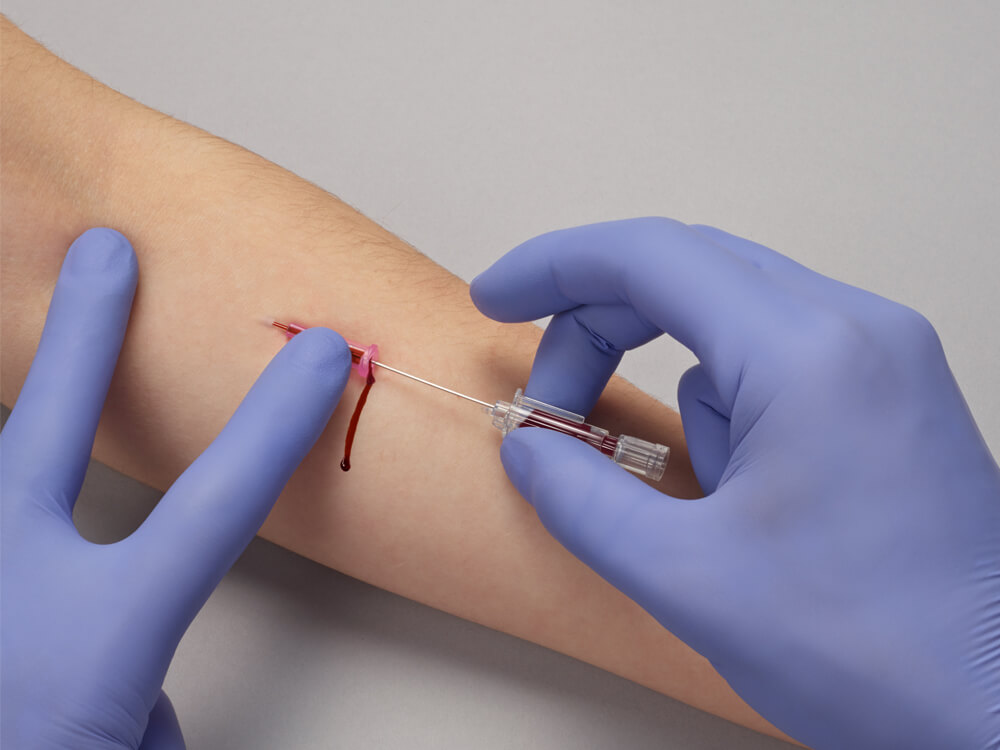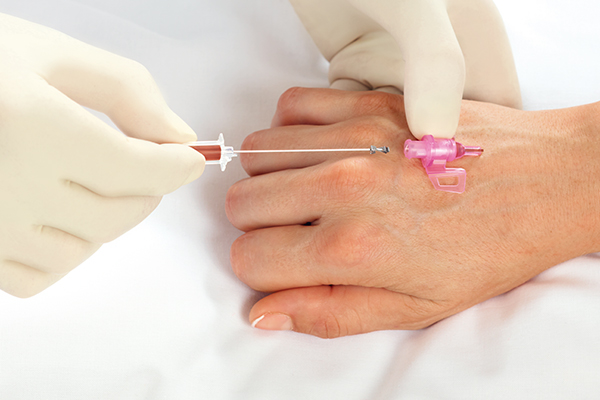You have successfully logged out.
Not registered yet?
Intocan Safety® 3
Safety taken one step further
Safety meets intuitive handling: Since 1962 we have constantly raised the bar in safe patient access.
With Introcan Safety® 3 we advanced our design concept, integrating new safety features: more protection from blood exposure and needlestick injuries come along with higher control and convenience. Both patients and clinicians will benefit.
Medical Professional
This information is meant for medical professionals only. Please confirm that you are a medical professional before accessing the information.
Confirm Yes, I am a health care professional. Cancel No, I am not a health care professional.Introcan Safety® 3
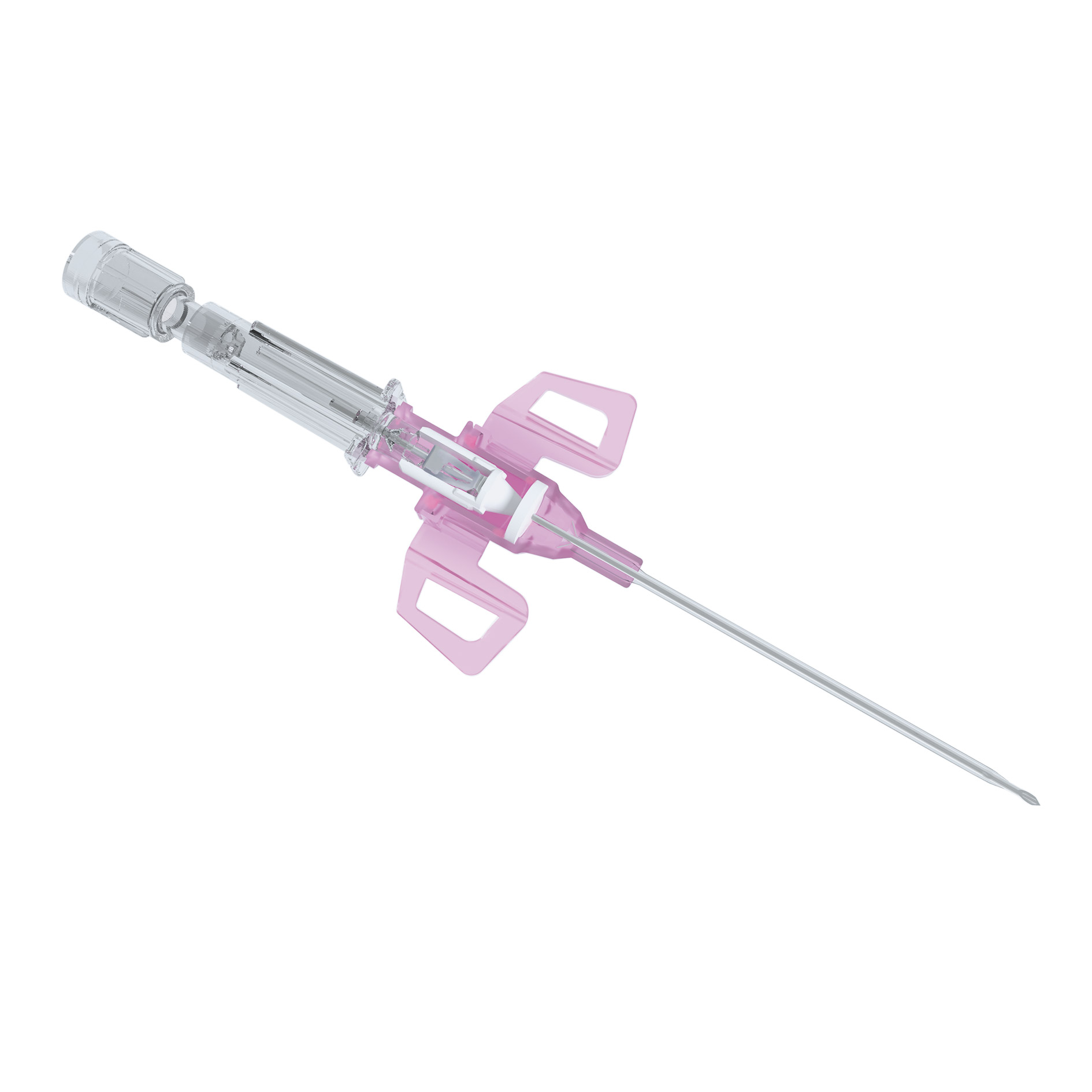
Stabilization platform
- Designed to improve catheter stability
- Raised Luer thread to help connection away from patient skin
/
Blood control septum
- Helps to prevent blood exposure1
- Works multiple times
- Reduces need for venous compression1
- Improves process efficiency1,8
/
Double flashback
- Supports first stick success
- Needle-Flash confirm needle is in the vein
- Catheter-Flash confirms catheter placement
/
Universal back cut bevel
- Wide choice of insertion angles
- Designed for minimal puncture trauma7
- Insertion with less tissue tearing (V-Cut)7
/
System highlights
Safety features that make the difference
Multi-access blood control septum
Free your hands: The multi-access blood control septum helps to protect both, clinicians and patients, from blood exposure during catheter insertion and while disconnecting a device from the catheter hub.1
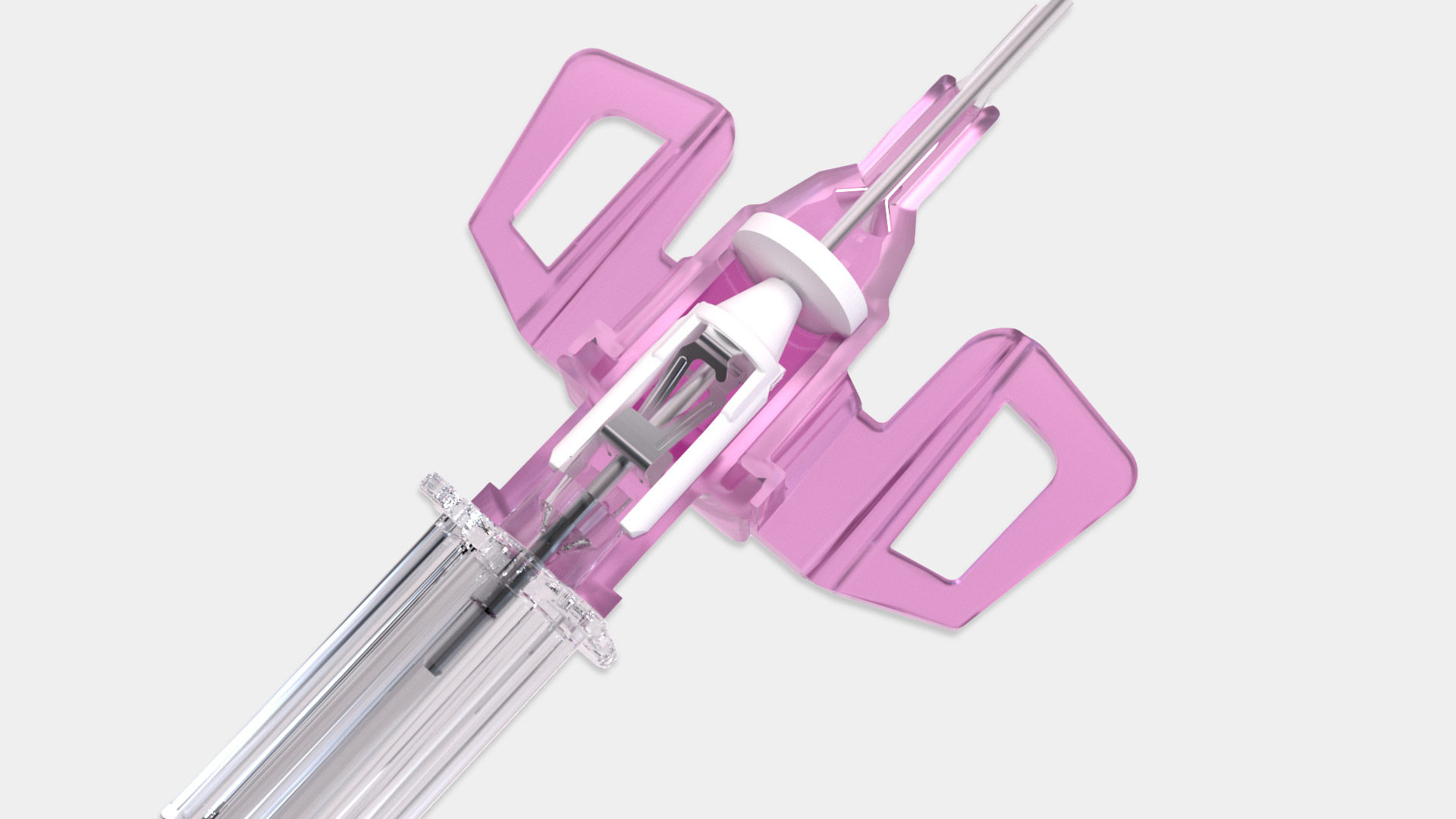
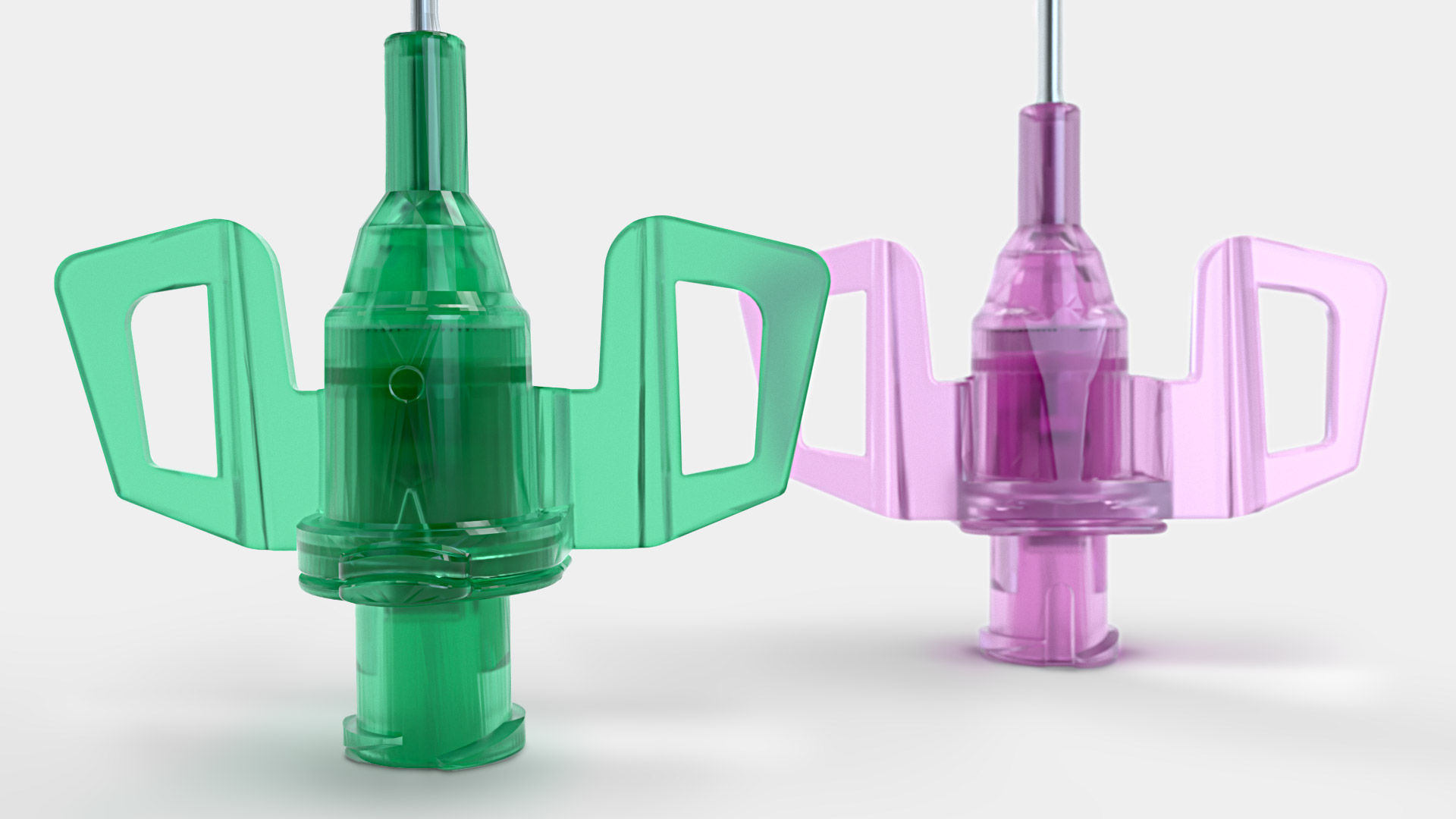
Integrated stabilisation platform
Always be in control: The sophisticated catheter securement helps to reduce catheter movement and related complications.2, 3, 4
Passive safety clip
Free your mind: A passive fully automatic protection helps eliminating needlestick injuries and related infections. It deploys automatically, cannot be bypassed and requires no user activation.5, 6
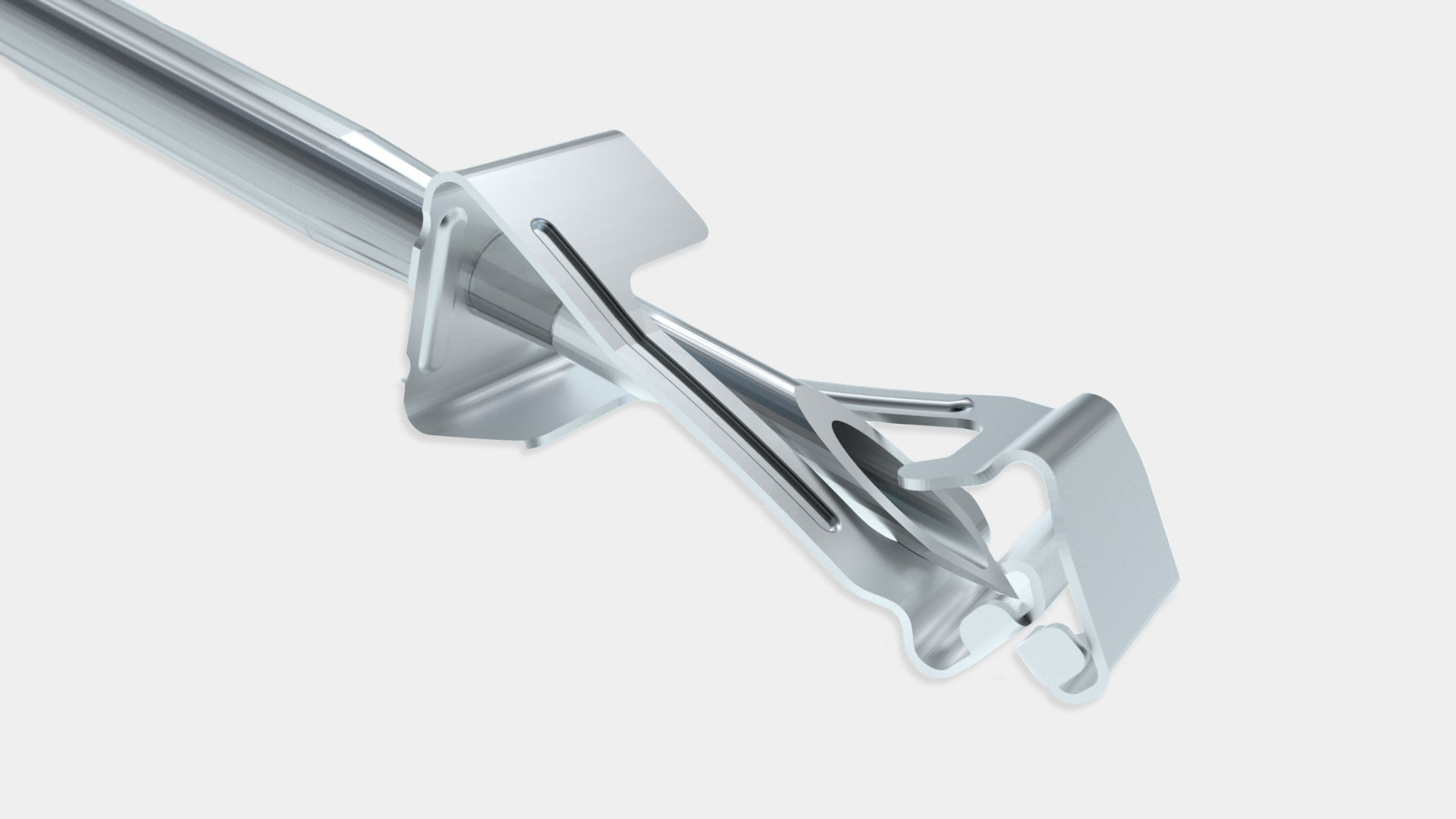
Broad Portfolio
Unique safety in series. Introcan Safety® 3 can be used for all patients receiving infusion therapy. Thanks to our broad portfolio (G14-G24), it is the right choice for meeting all kinds of application needs. In hospital and home care.
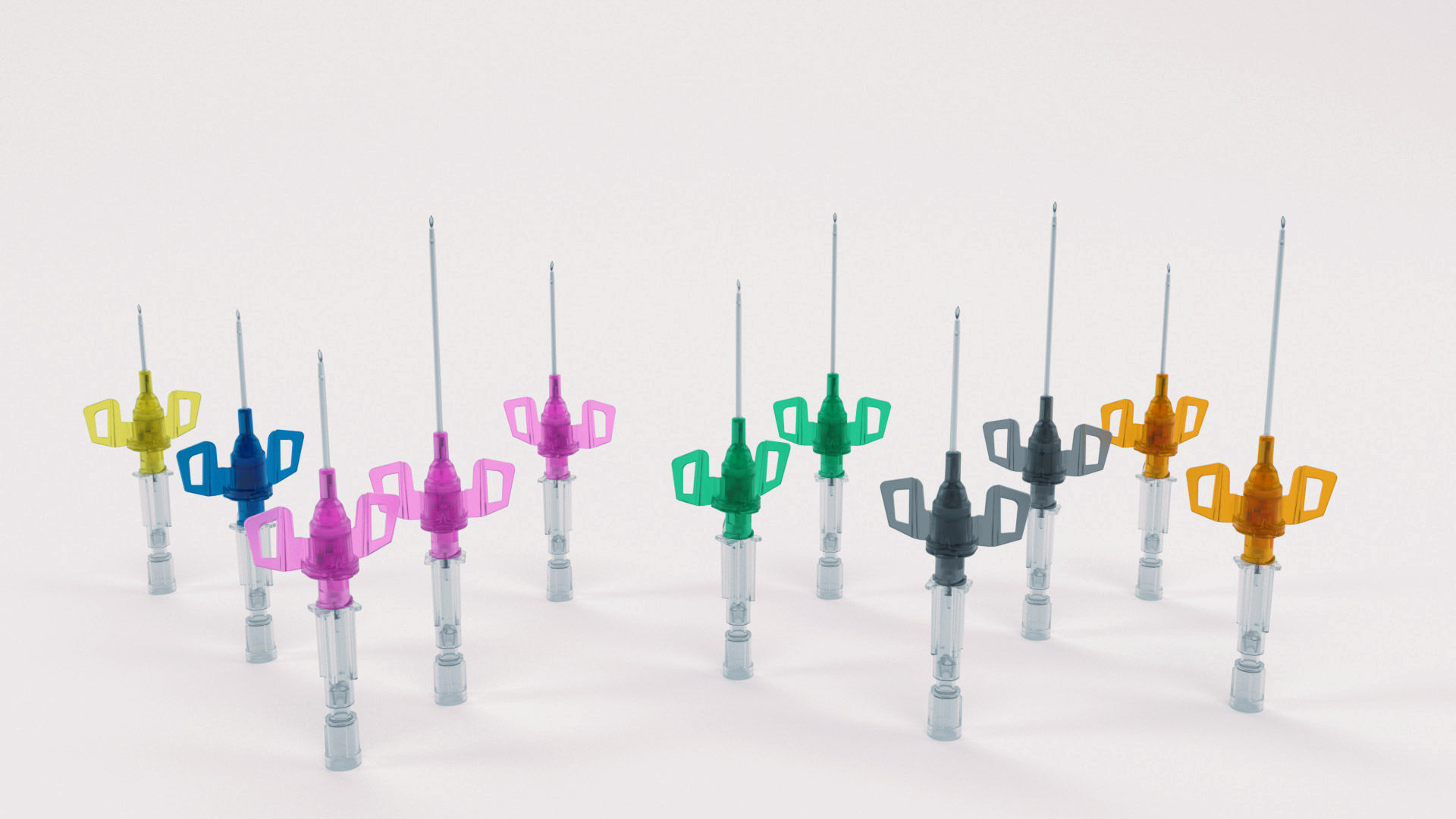
Power injectable
Constructed to withstand high pressure.
Rely on it: Introcan Safety® 3 is also indicated for 325 psi power injector applications (G18-G24) in radiology.
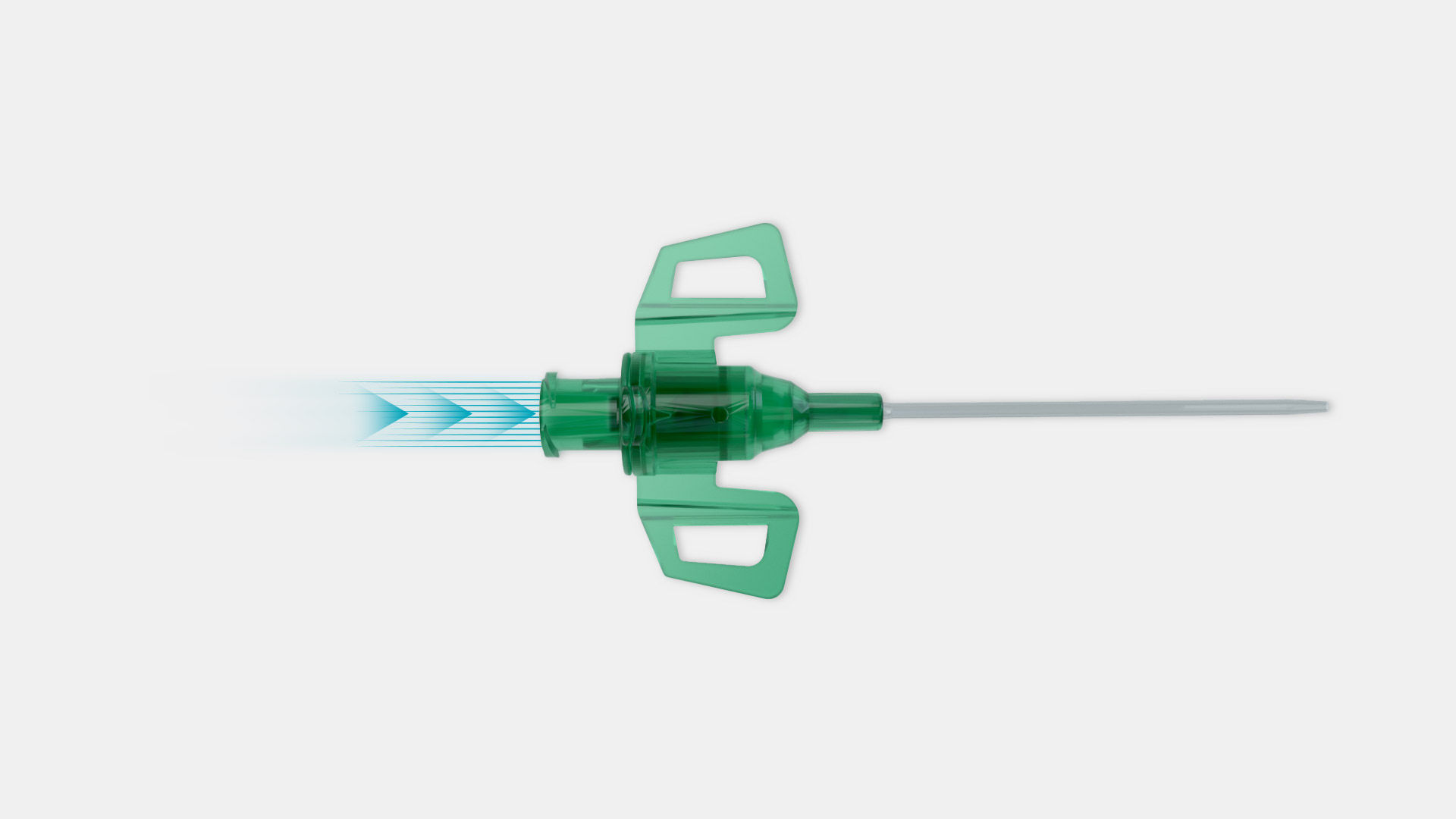
[1] Haeseler G. Hildebrand M. Fritscher J. Efficacy and base of use of an intravenous catheter designed to prevent blood leakage: a prospective observational trial. 2015. J Vasc Access: 1-4. (p.3).
[2] Gorski L. et al. Infusion Therapy: Standards of practice. Journal of Infusion Nursing. 2016; Vol 39(1S): S72-73.
[3] Schears G. Summary of Product Trials for 10,164 Patients: Comparing an Intravenous Stabilizing Device to Tape. J Infus Nurs. August 2006; 29(4):225-31.
[4] Mensor L. Dirogio D. Souza C. Contadin R. Cost-Effectiveness of safety engineered peripheral catheters with an integrated stabilization platform under the perspective of hospitals in Brazil. BR J of Health Econ. April 2016;18(1):3-10.
[5] Tosini W. et al. Needlestick Injury Rates According to Different Types of Safety-Engineered Devices: Results of a French Multicenter Study. Infection Control & Hospital Epidemiology. April 2010; 31(4): 402-407.
[6] Sossai D. et al. Efficacy of safety catheter devices in the prevention of occupational needlestick injuries: applied research in the Liguria Region (Italy). J Prev Med Hyg. 2016; 57: E110-E114.
[7] Suzuki T. Fukuyama H. Nishiyama J. Oda M. Takahashi M. Differences in Penetration Force of Intravenous Catheters: Effect of Grinding Methods on Inner Needles of Intravenous Catheters. Tokai J Exp Clin Med. 2004; 29(4): 175-181.
[8] Cooper D. Whitfield M.D. Newton D. Chiarella J. Machaczek KK. Introduction of a non-ported peripheral intravenous catheter with multiuse blood control septum offers improvements in the overall efficiency of the procedure and is clinically well accepted. Int. J of Healthcare Techn and Mgmt. January 2016; 1-20
